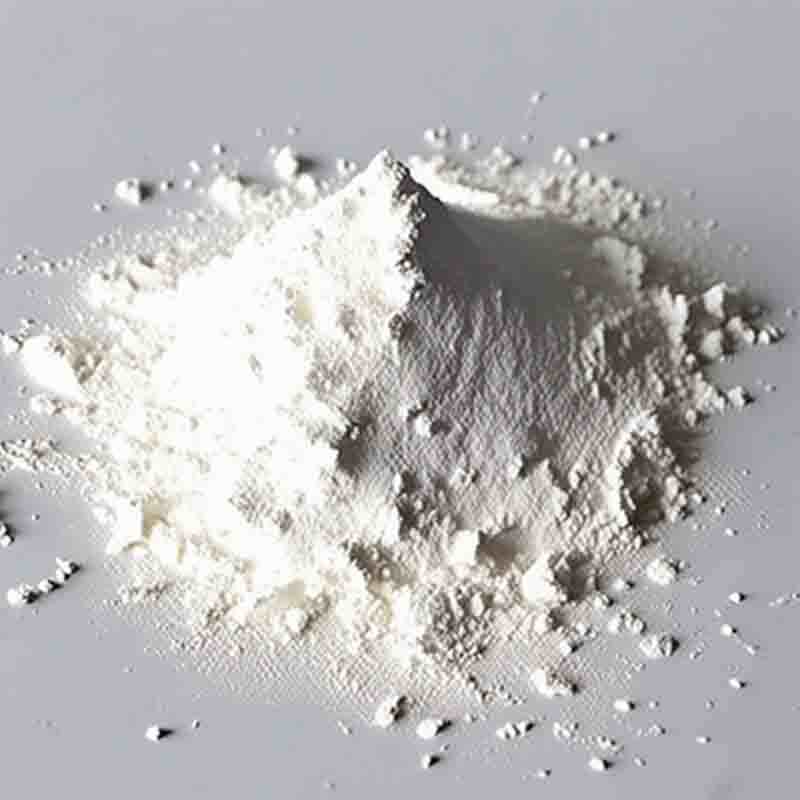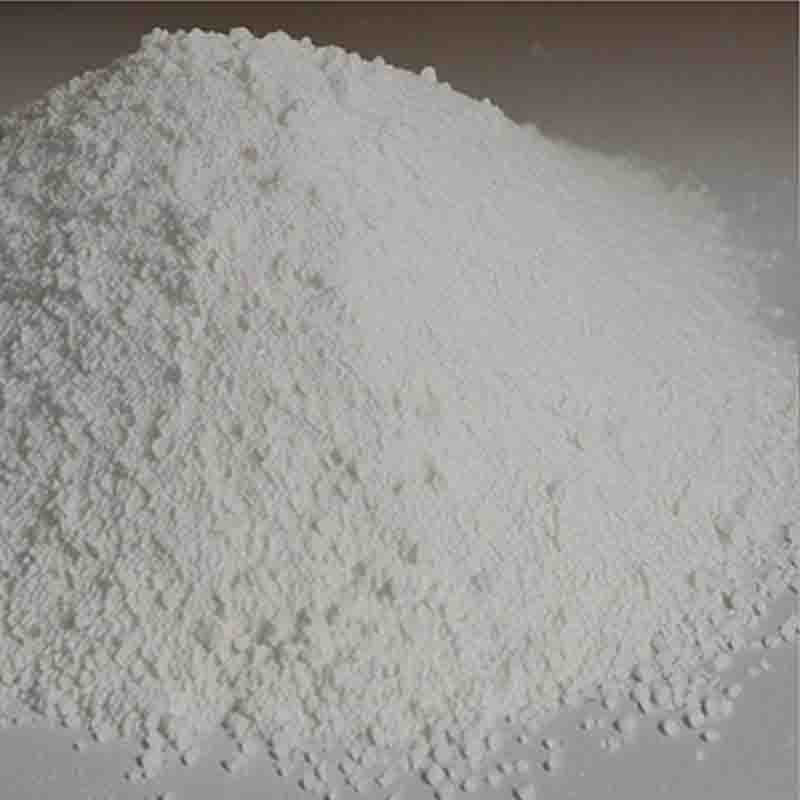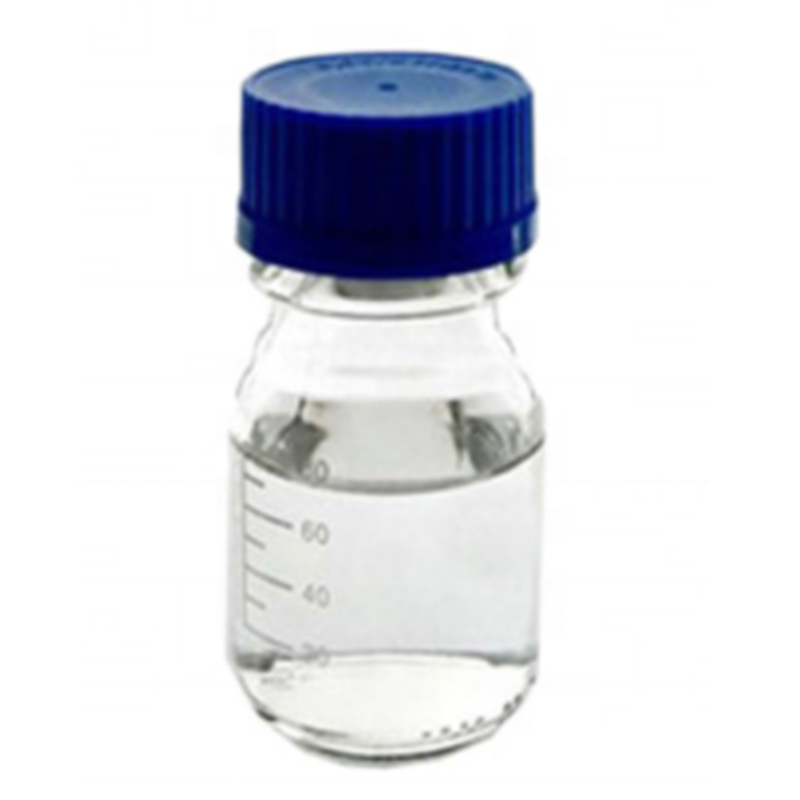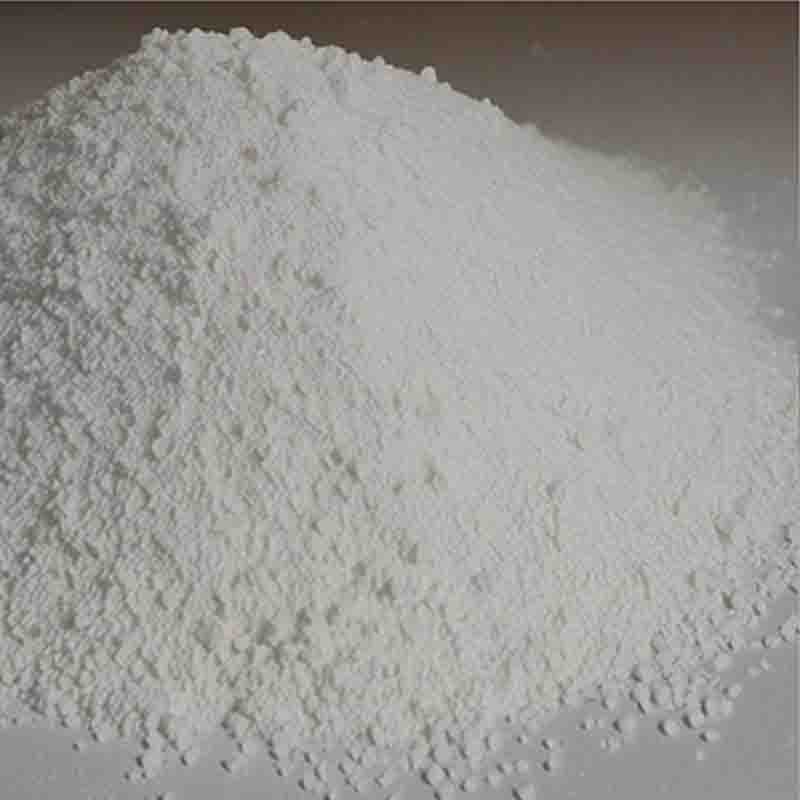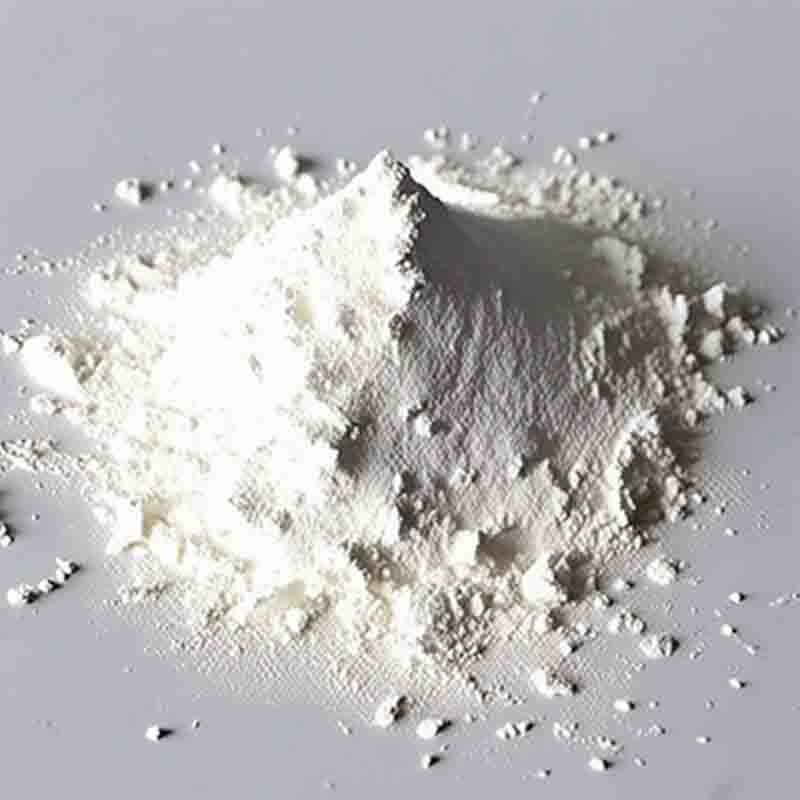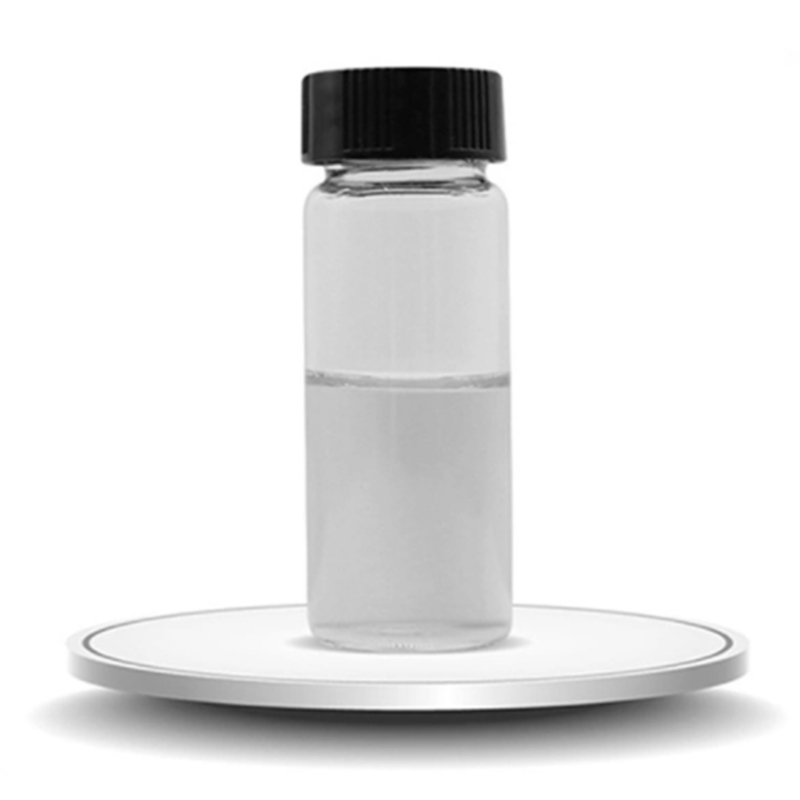TETRAPROPYLAMMONIUM PERRUTHENATE CAS: 114615-82-6
| Catalog Number | XD94416 |
| Product Name | TETRAPROPYLAMMONIUM PERRUTHENATE |
| CAS | 114615-82-6 |
| Molecular Formula | C12H28NO4Ru |
| Molecular Weight | 351.43 |
| Storage Details | Ambient |
Product Specification
| Appearance | White powder |
| Assay | 99% min |
Tetrapropylammonium perruthenate, commonly known as TPAP, is a powerful oxidizing agent used in various organic transformations. It is a ruthenium-based catalyst that exhibits high selectivity and mild reaction conditions, making it a valuable tool in synthetic chemistry.One of the primary applications of TPAP is in the oxidation of alcohols. It can selectively convert primary alcohols to aldehydes and secondary alcohols to ketones without over-oxidation to carboxylic acids. This mild and selective oxidation is highly desirable in the synthesis of pharmaceutical intermediates, natural product derivatives, and fine chemicals. TPAP allows chemists to access a wide range of functional groups through controlled oxidation reactions.TPAP is also used for the oxidation of sulfides to sulfoxides and of amines to imines. It facilitates these transformations under mild conditions, maintaining the integrity of the target molecular structures. The selective oxidation of sulfides is particularly important in the synthesis of certain drugs and agricultural chemicals. Moreover, the oxidation of amines to imines serves as a crucial step in the development of pharmaceuticals and organic materials.Another application of TPAP lies in oxidative rearrangement reactions. It can promote the rearrangement of various functional groups, such as alkyl groups and electron-rich aromatic moieties. These rearrangements allow chemists to access complex molecules and unique structural motifs, facilitating the synthesis of natural products and pharmaceuticals with improved biological activities.TPAP also finds use in the oxidation of heterocycles, which are an essential component of numerous biologically active compounds. By selectively oxidizing specific functional groups within heterocycles, TPAP allows for the synthesis of complex molecules with pharmaceutical relevance.Furthermore, TPAP can be employed as a mediator in the catalytic activation of molecular oxygen. It facilitates the oxygenation of various organic compounds, leading to the introduction of oxygen atoms into the target molecules. This oxygenation process is significant in the synthesis of biologically active compounds and functional materials.Overall, Tetrapropylammonium perruthenate (TPAP) is a versatile and widely used catalyst in organic synthesis. Its ability to selectively oxidize alcohols, sulfides, amines, and heterocycles, as well as facilitate oxidative rearrangements and oxygenation processes, makes it an essential tool in the development of pharmaceuticals, fine chemicals, and advanced materials. The mild reaction conditions and high selectivity of TPAP make it a preferred catalyst for synthetic chemists pursuing efficient and sustainable chemical transformations.




